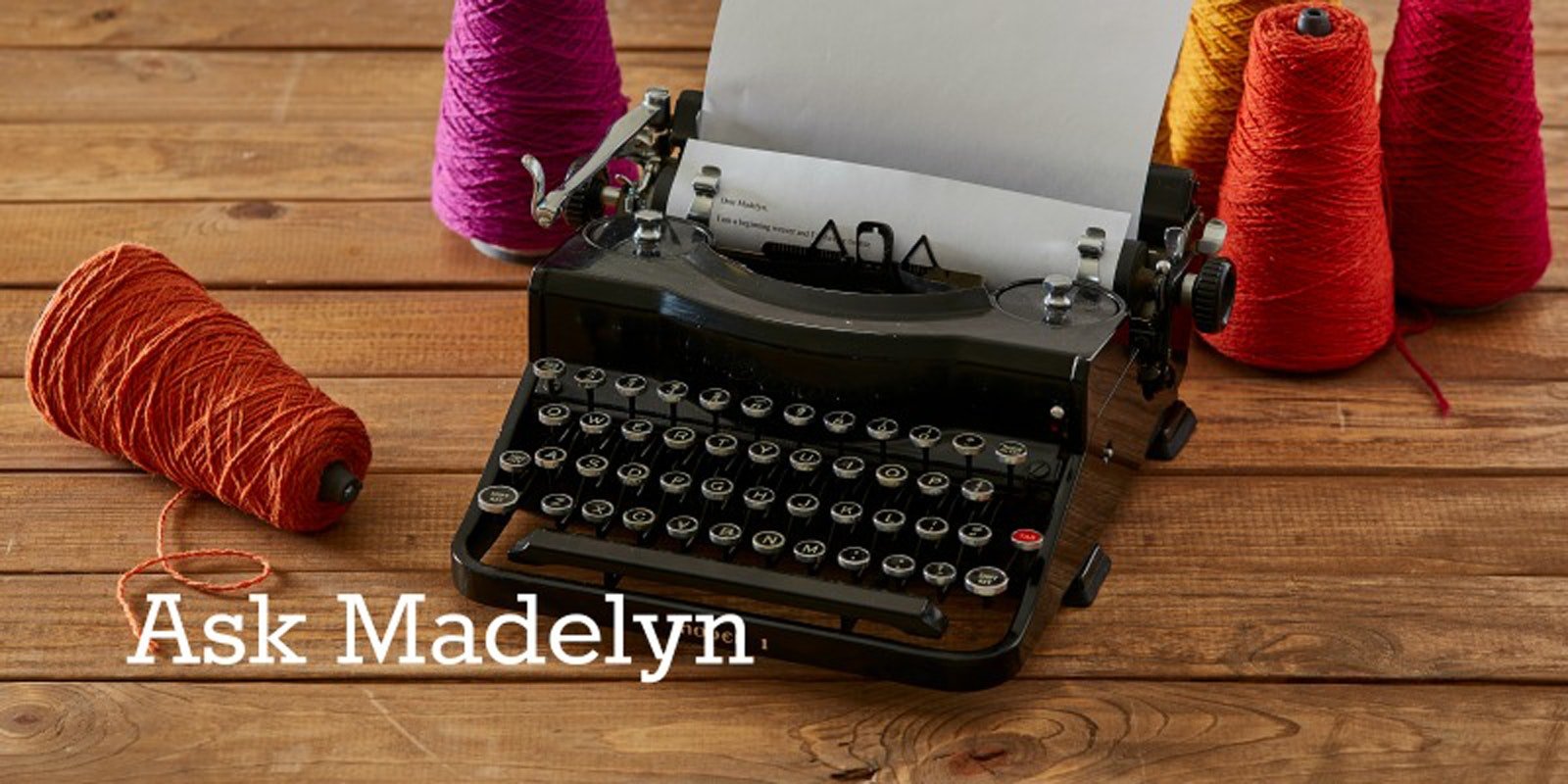Hi Madelyn,
As a relatively new weaver, I am still discovering things. I was weaving some plain-weave towels and noticed that my left edge was much neater than my right edge. I had an even number of warp threads so that meant that the edge thread on the left was UP when I threw the shuttle from that side and the edge thread was DOWN when I threw from the right. So I dubbed in another thread on the right, making the number of warp threads an uneven number thus forcing an UP edge thread on both sides, and that greatly improved my right edge. Question is: Is this something most experienced weavers know to be a fact? Or is it just me? I don't remember seeing this stated in all the books and articles I've read.
Sincerely,
—Del Bevan
Hi Del!
This is a most interesting question. Weavers often say that one of their selvedges is better than the other and try to change the way they throw the shuttle on that side. I have always responded that in most cases, it really isn’t the way they are turning the weft; it’s the way the twist of the yarn (Z or S) causes the weft yarn either to cuddle with the selvedge warp thread or be repelled by it (you can sort of picture how this might work if you think about how two plied yarns might work together) What you are suggesting is that you are changing the direction that the weft yarn takes around the selvedge thread when you add a thread to it. So the same factor of yarn twist might be operating. I guess the way to test this is: Start the selvedge from the opposite side and see if it makes both edges worse! And let me know!
Thanks so much for this observation, —Madelyn

